Windows 10 has been your reliable digital companion for nearly a decade, but time is running out. Microsoft is officially ending support for Windows 10 on October 14, which means no more security patches, software updates, or technical assistance after that date. This sets up a potential cybersecurity crunch, with research from Canalys suggesting up to 240 million Windows 10 users could face security risks once Microsoft cuts support. There is a lifeline, though. Microsoft’s Extended Security Updates program can keep your system protected for another full year at no cost.
What happens when Windows 10 support ends?
Your PC will not shut down on October 15. It will keep booting, launching apps, and browsing the web. Over time, without regular updates, systems become more exposed to new threats and compatibility issues, making them easier targets for hackers and malware. Reports confirmed that Microsoft will stop feature updates, security patches, and technical assistance.
Think of it like driving without insurance. You might roll along for a bit, until you do not. Unsupported systems are catnip for cybercriminals, since newly discovered vulnerabilities go unpatched. That risk hits individuals, and it creates serious compliance and security headaches for businesses still running Windows 10.
The Extended Security Updates program: your free ticket to safety
Microsoft’s Extended Security Updates (ESU) program provides monthly security updates from October 15, 2025, to October 13, 2026. Microsoft planned to charge all users $30 for this service, then introduced free enrollment options.
ESU focuses on critical and important security updates. It does not include new features, customer-requested non-security updates, or technical support, aside from license activation and installation issues. Think of it as a security bridge, time to plan your move.
Households get a nice perk. Once enrolled, your ESU subscription can protect up to 10 devices when signed in with the same Microsoft account, handy for families juggling multiple PCs.
Three ways to get your free year of protection
Let’s break down your options for securing that extra year of Windows 10 support without paying out of pocket:
Option 1: Sync your settings with OneDrive. Use Windows Backup to sync your settings to Microsoft’s cloud. No need to upload all your files, just system settings and preferences. Your Windows login ties into Microsoft’s ecosystem, and you get 5GB of free cloud storage. If you already live in Microsoft’s world, this is the easy button.
Option 2: Cash in Microsoft Rewards points. If you use Bing, Xbox, or other Microsoft services, redeem 1,000 Microsoft Rewards points for ESU access. Keep your account set up the way you like, and still get protection.
Option 3: Pay the $30 fee. Prefer total control over data and account configuration? The original $30 payment option remains available. Not free, but cheaper than new hardware, and you call the shots.
How to enroll in the ESU program step-by-step
Enrollment is straightforward, with a couple of requirements. Your PC must be on Windows 10 version 22H2 with the latest updates, and you need administrator access.
Here is the roadmap:
First, confirm your version. Open Settings, System, About, and verify 22H2. If you do not see ESU enrollment in Settings, install the latest Windows 10 updates. The ESU feature appeared in August 2025, so older systems will not show it until they update.
Next, go to Settings, Update and Security, Windows Update. You should see a notice about Windows 10 support ending. Click Enroll Now to begin. If you are using a local account, you will be prompted to connect it to a Microsoft account during enrollment, which is required for all ESU options.
Choose your preferred payment path, complete the setup, and you are covered until October 13, 2026. It usually takes a few minutes, and updates arrive through Windows Update like normal.
Regional differences and special considerations
Availability and pricing vary by region. Users in the European Economic Area automatically qualify for free security updates, which simplifies things in EEA countries.
Education gets friendly pricing. Microsoft offers educational pricing at $1 for the first year, $2 for the second, and $4 for the third, totaling $7 per device over three years. Business users pay more, with commercial ESU starting at $61 per device for the first year, doubling each subsequent year.
Mind the technical fine print. Devices joined to Active Directory, enrolled in MDM, or already covered by commercial ESU licenses cannot use the consumer program. Child accounts cannot enroll, though parents can enroll their kids’ devices with their own administrator accounts.
Making the most of your extra year
ESU buys time, not immortality. The program is designed as a bridge to help users transition to a newer, supported platform. Use the breathing room to plan rather than panic.
During that year, map out your long-term setup. Upgrading to Windows 11 keeps you secure, compatible with new apps, and eligible for future updates. If your hardware is not Windows 11-ready, the extra time helps you budget, compare options, or weigh other operating systems.
Other services keep humming, with caveats. Microsoft Defender Antivirus definitions will continue updating until 2028, a solid baseline. Microsoft 365 apps will receive security updates but no new features on Windows 10, which can shape your workflow.
Set a simple plan. Create a timeline, back up important data on a schedule, and decide how you want to transition before the next deadline sneaks up.
Why this matters more than you might think
The end of Windows 10 support is not just a routine lifecycle change; it is a pivot for hundreds of millions of users. That scale invites trouble, with researchers estimating up to 240 million people could be vulnerable without a plan.
The ESU program helps prevent your system from falling behind overnight. Whether you upgrade to Windows 11, try a different operating system, or pick up new hardware, a year of coverage lets you choose on your terms.
You can take your time, but not forever. You can enroll in ESU at any time until the program ends on October 13, 2026. Enrolling sooner means more protection and fewer headaches. If you plan ahead now, your future computing will thank you.









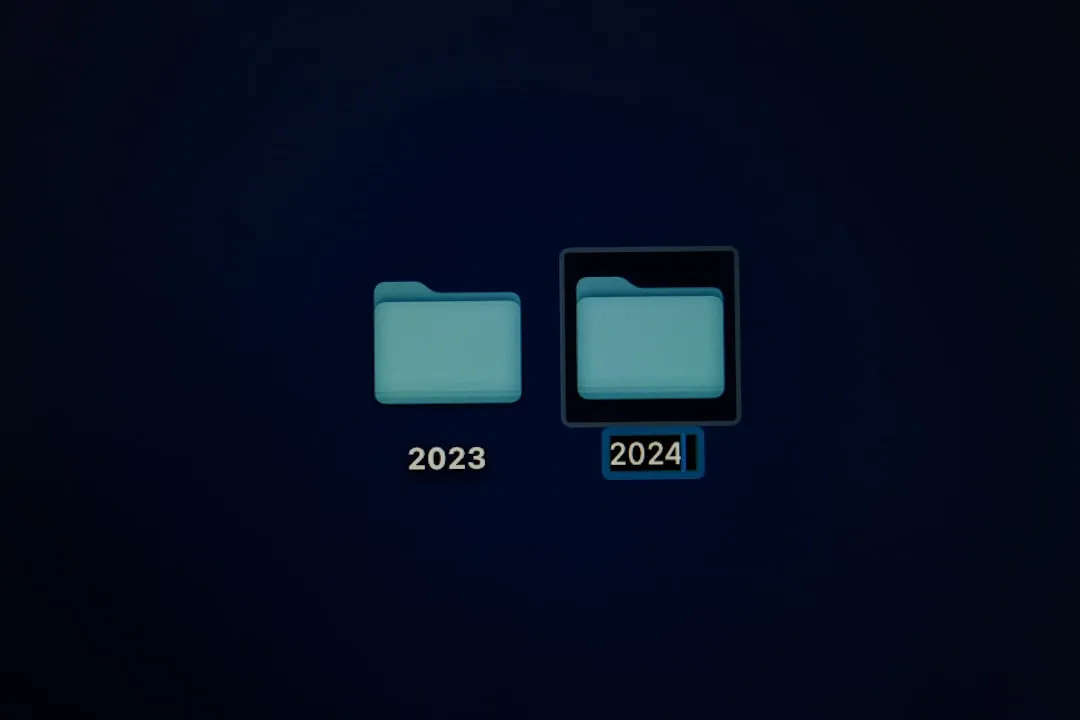
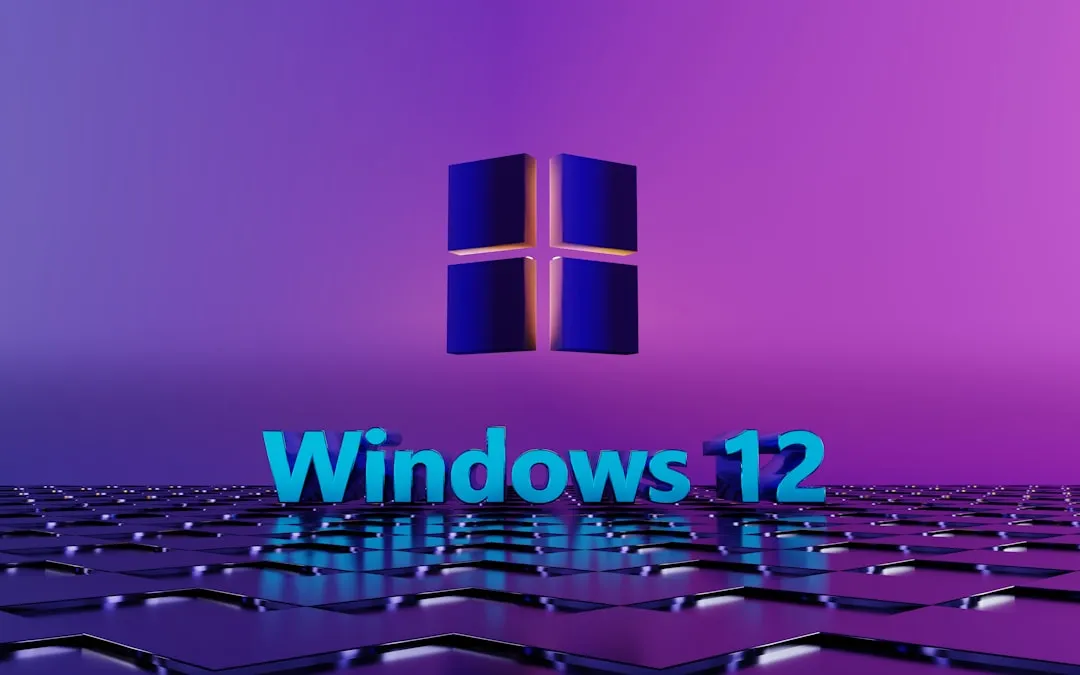



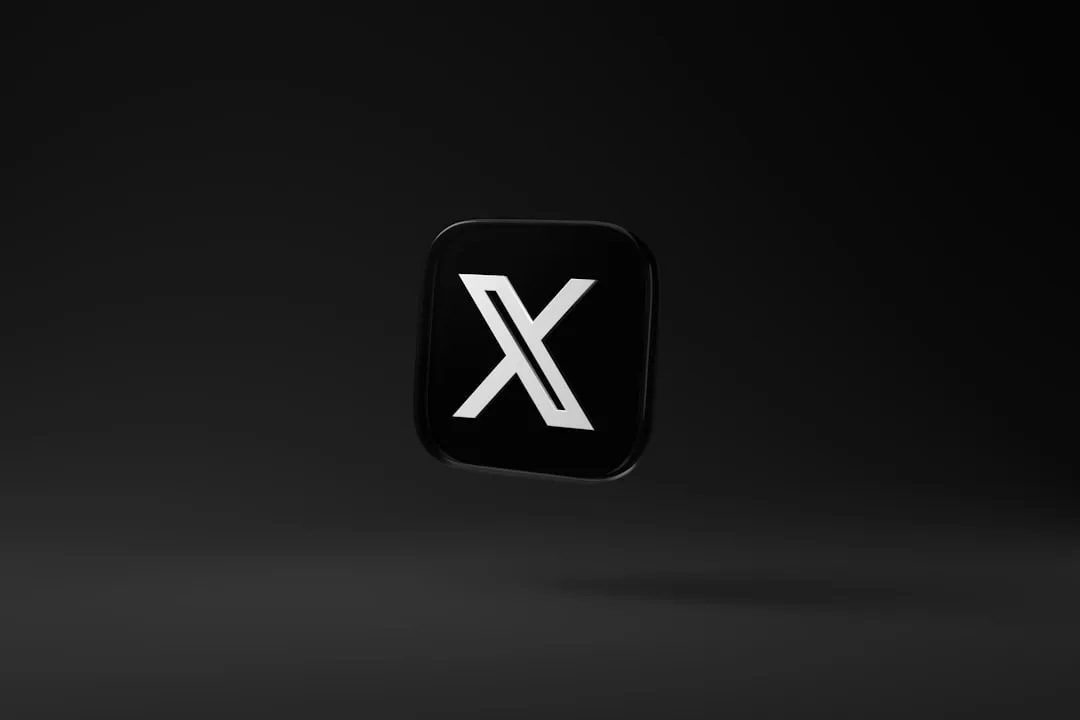

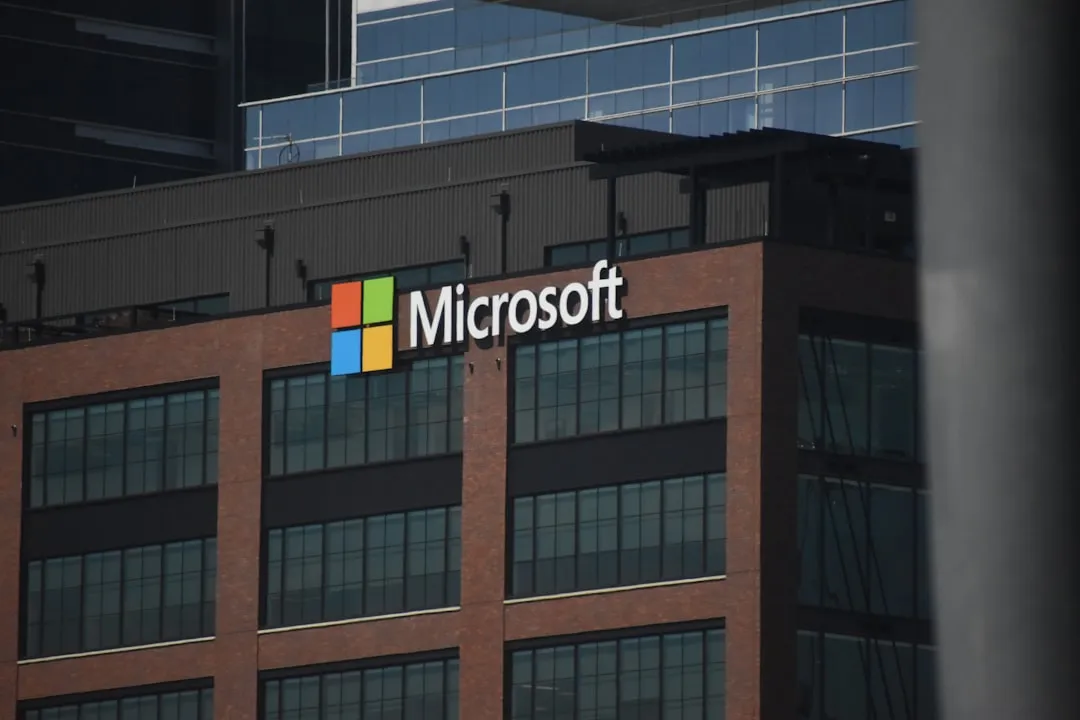


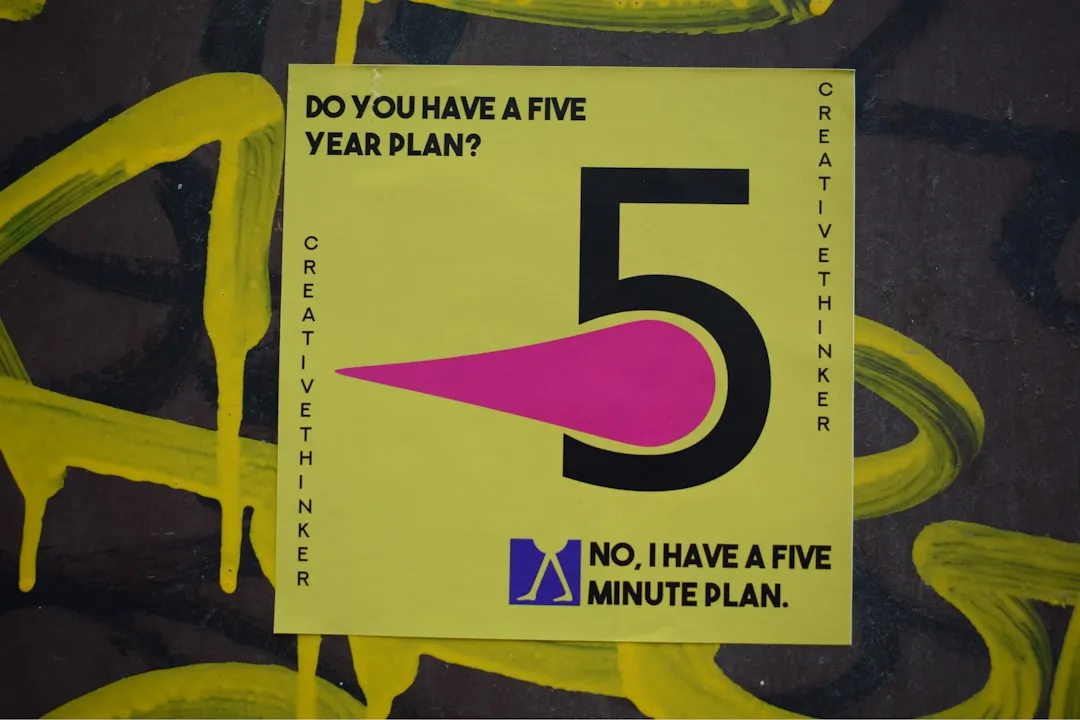

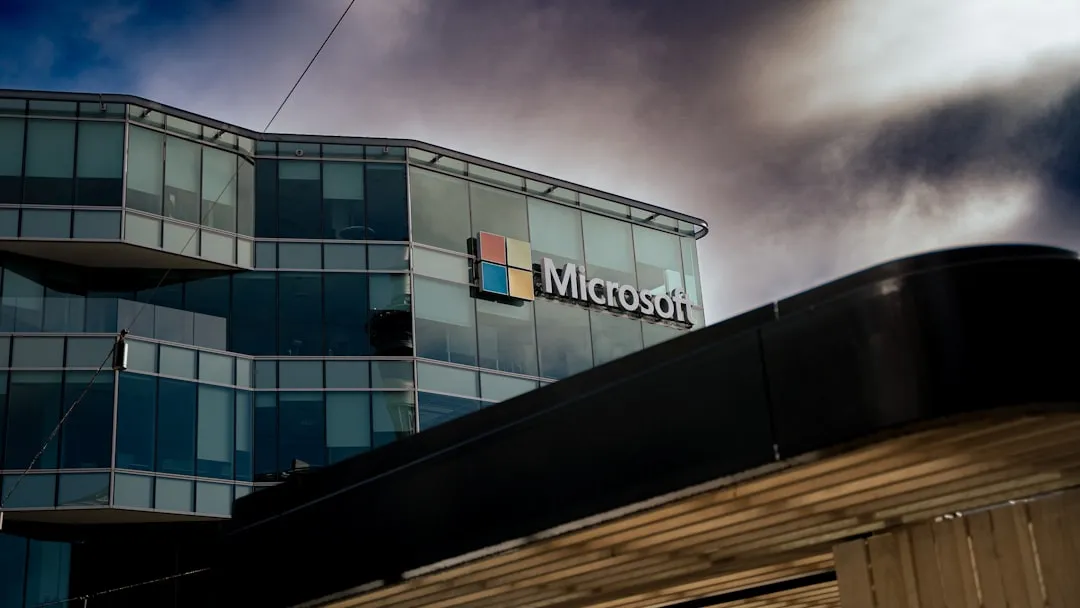


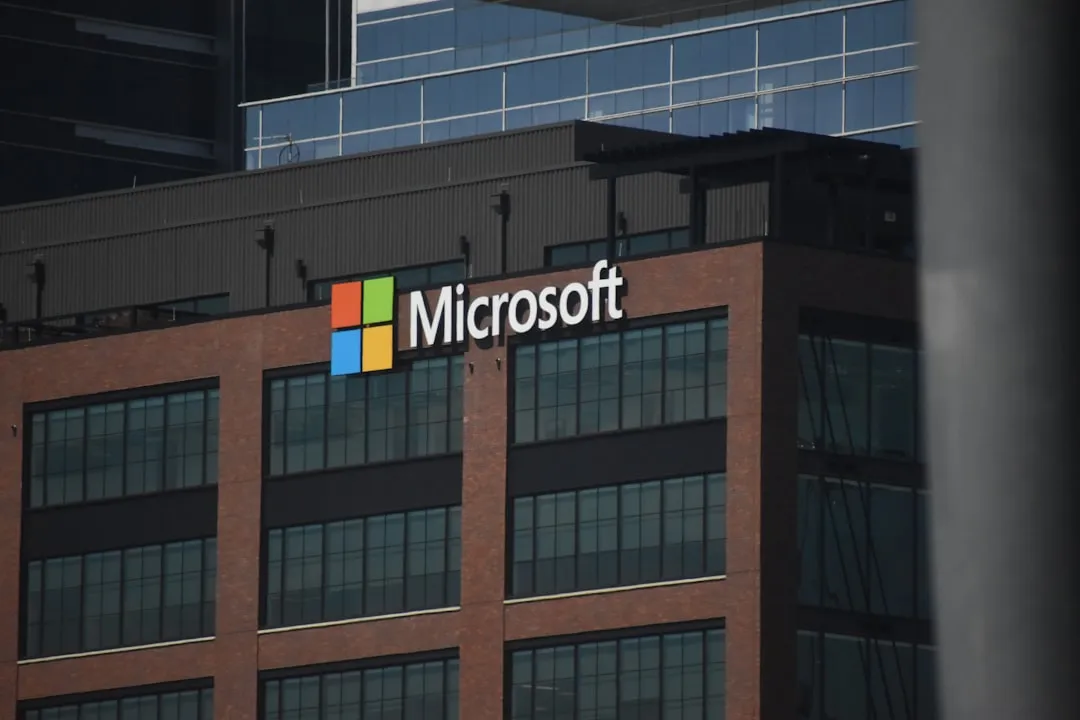
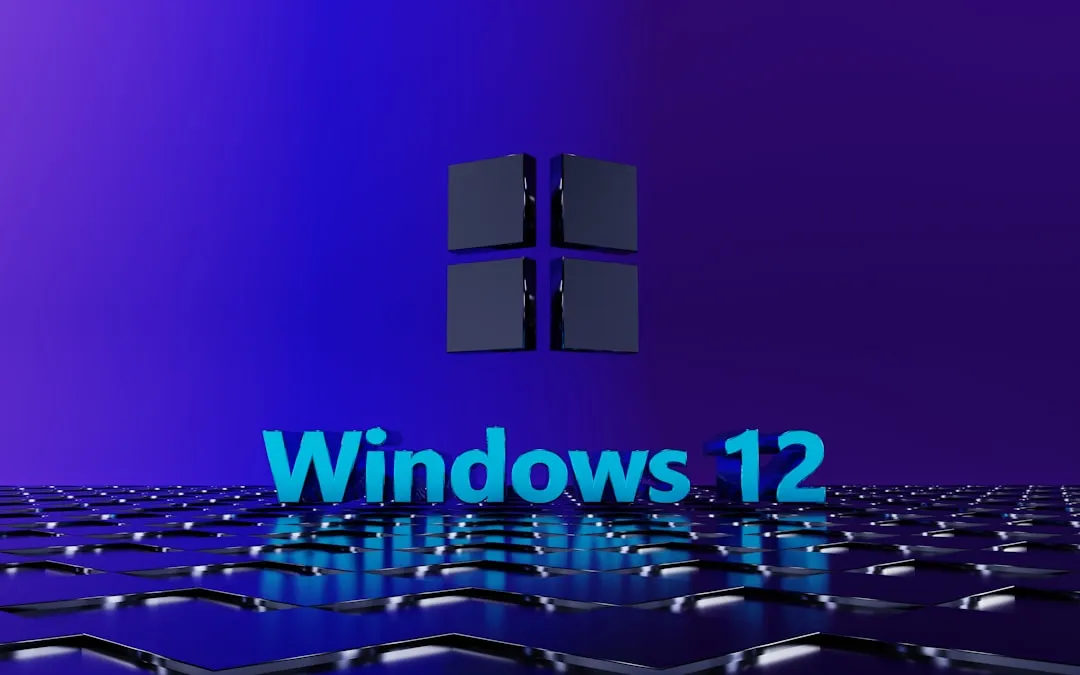
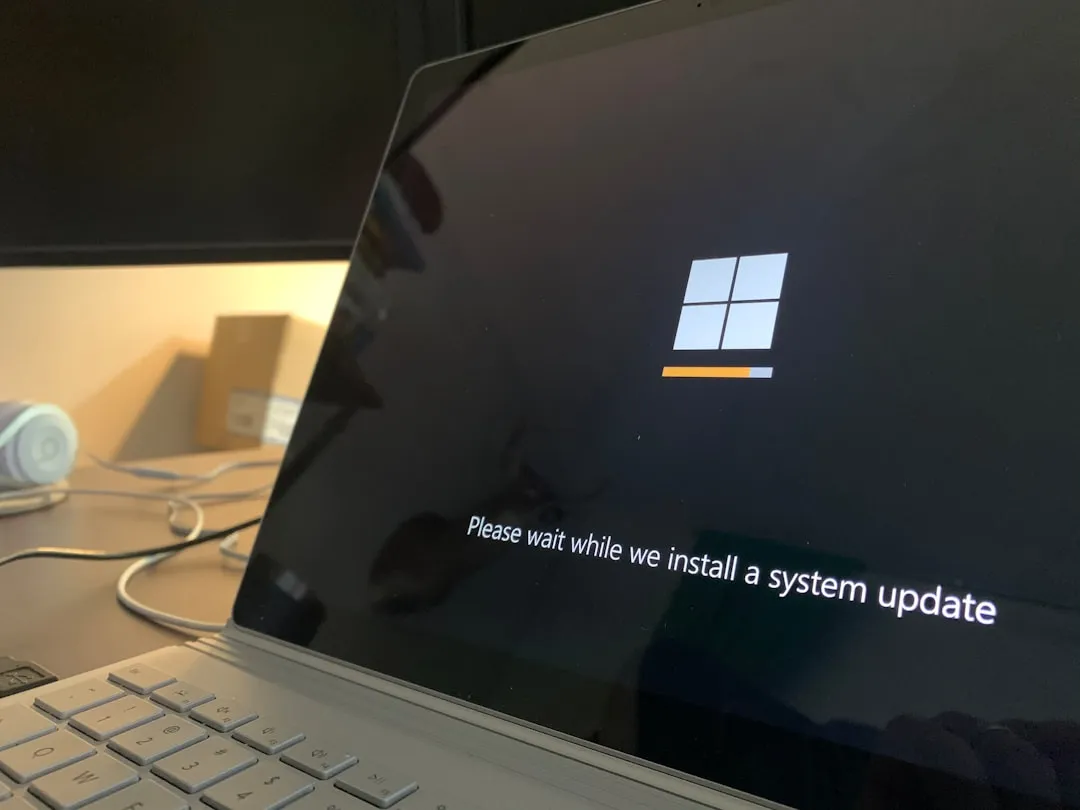
Comments
Be the first, drop a comment!